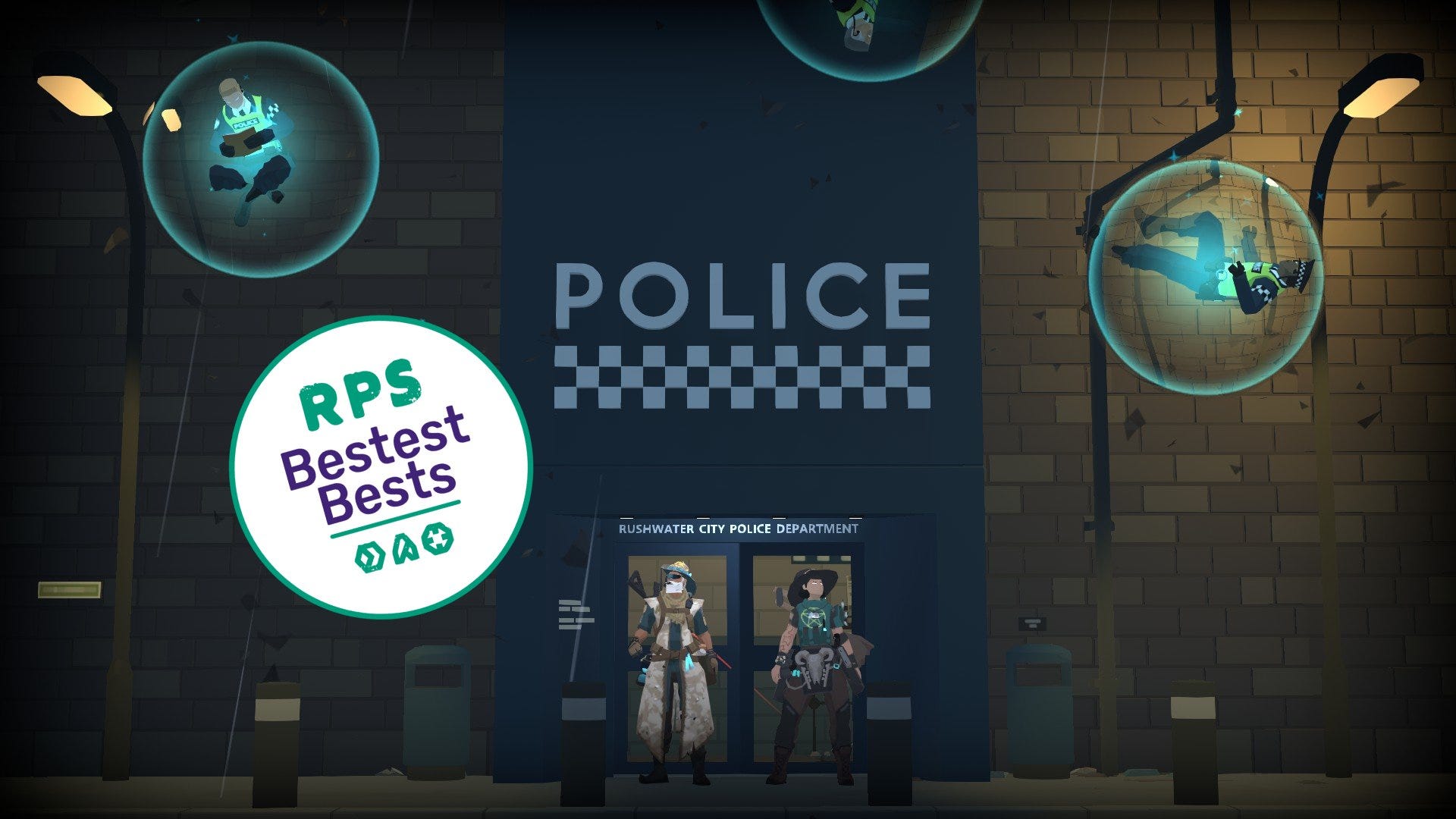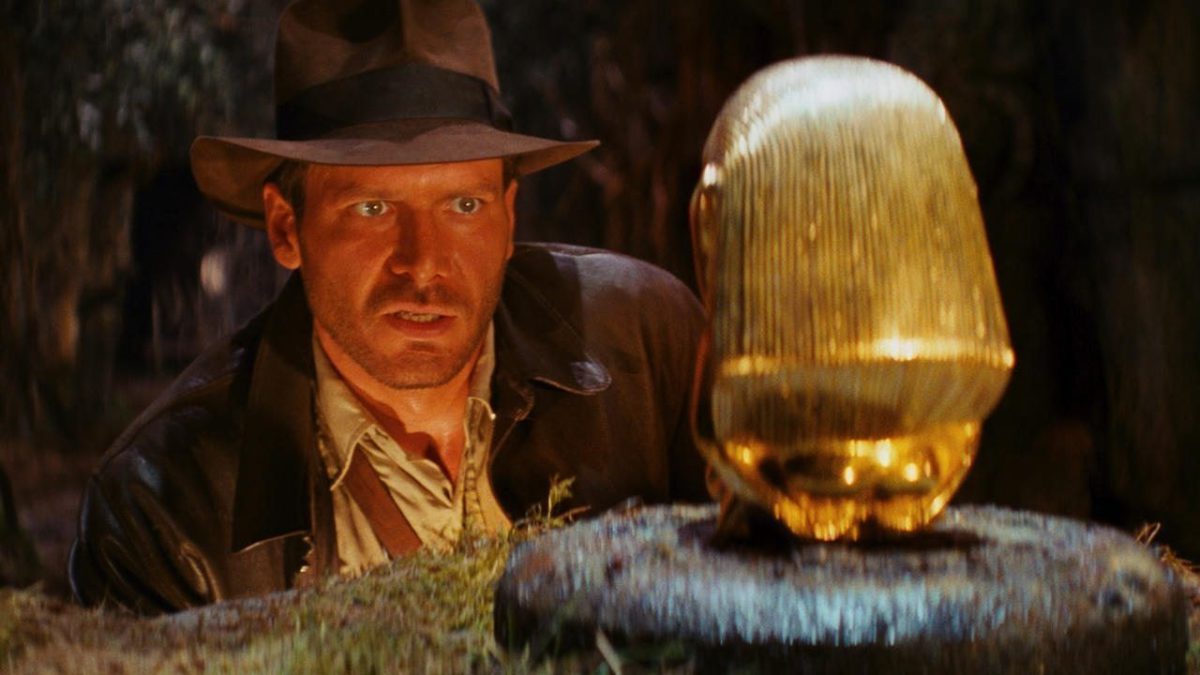There are few ideas more worthy of a sequel than that which powered Splitgate. Cribbing Aperture Science’s portal tech and loading it into a competitive arena shooter? I mean, c’mon – who the heck wouldn’t want to play that?! But while the first stab at this awesome concept proved too much of a rough draft to keep players’ fickle attentions for long, Splitgate 2 hopes to build on what worked by making modest improvements to the formula. After playing four hours of its fast-paced PvP matches for myself, I think this streamlined sequel stands a much better chance of keeping my attention, even though it seems like it won’t exactly swing for the fences with the kind of significant overhauls one might hope for.
Most of Splitgate 2’s tweaks are incremental improvements rather than anything revolutionary, but nearly all of the decisions developer 1047 Games has made are welcome changes. Without question the biggest refinement is the addition of character classes in the form of the three playable factions. Aeros is all about mobility, with abilities that keep you moving faster and let you easily restore your health. My personal favorite, Meridian, is a support faction that can reveal enemies through walls for their whole team and manipulate time within an area of effect, so you can do things like shoot and reload faster, but your enemies do so more slowly. Finally, there’s Sabrask, who are brute force bruisers with sticky grenades and deployable protective walls they can shoot through while their opponents can’t.
None of the factions play all that differently from one another (you’re still always manipulating the battlefield with portals, jetpacking all over the place, and using samey feeling weapons with all three), but the abilities and equipment they each bring into battle are pretty significant, and since they all have quite short cooldowns to boot, that makes them feel pretty distinct despite having a lot in common. Dropping barriers as a Sabrask knucklehead or a time-altering dome as a Meridian agent can have a significant impact on the flow of battle, and encountering a Aeros fighter hopped up on stims and flying through the air at blazing speeds can be extremely bad for your health. It’s also neat that you can customize all three with a handful of different options for your class equipment, a few options for perks that passively augment how your character plays, and more. For example, if you want a more tactical version of the Sabrask faction, you can replace your sticky grenade with a smoke grenade that gives you a different sort of advantage with that class. Or, if you’re like me, you might just want to go into battle with a shotgun to pop out of portals and give the enemy a lead surprise at close range.
The freedom you lose from getting to assign your portal manually is more than worth sacrificing for a simpler and more intuitive experience.Another fairly big adjustment comes in the form of Splitgate 2’s maps, which are much smaller than its predecessor’s arenas and are more conservative in their placement of surfaces you can place portals on. The original Splitgate’s maps were often too big for the player count and as a result, it took a bit too long to get into the action after each respawn. In Splitgate 2, that’s not a problem at all, and maps on the whole seem to be a lot more thoughtfully planned out. Of course, smaller maps mean there are also more opportunities for spawn killing, and at least a few of my deaths came mere seconds after spawning, which never feels great. The fact that portals only appear in select areas and are way less common than in the last game is also mostly a good thing. Plus, there’s generally less chaos and fewer opportunities for more experienced players to sweat all over newcomers with their portal-based tricks and superior map knowledge, which definitely makes for more welcoming matches. On the other hand, though, it’s a bit of a bummer that there are fewer opportunities to get creative and pull off wild stunts. I’ll probably need more time in the wild with the more prudently placed portal surfaces to say for sure whether this adjustment is for the best.
While factions and map design represent the biggest changes in Splitgate 2, most of the other adjustments are much more minor. One nice update is how your respawn timer works, which grows longer with each death, and can be sped up by having your teammates score kills against the enemy, with each frag reducing it by three seconds. Another is how portal mechanics have been simplified, so instead of having to juggle two separate commands for each part of your portal, your gun is now smart enough to do this automatically based on context. The freedom you lose from getting to assign your portal manually is more than worth sacrificing for a simpler and more intuitive experience. These minor quality of life updates might not be the game-changers one might expect from a sequel, but they definitely help nudge an already rock-solid concept in the right direction.
The flip side, though, is that so much of Splitgate 2 remains unchanged from the original that I’m genuinely not sure if it’ll be enough of a shot in the arm for this sequel to avoid the fate of its predecessor. From what I can tell, it certainly seems this will be a step up from Splitgate 1, but will it be enough of an improvement to keep my attention? Time will tell.





